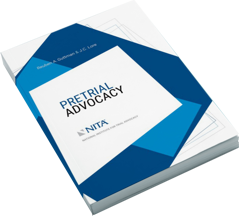As a lawyer, I grew up in dusty warehouses, the repositories for massive document reviews. I tore through boxes, often disappointed to find reams of computer runs, no doubt the product of a twentieth-century printer that pecked out letters one at a time. I drafted my first complaint on an IBM Selectric II typewriter, hitting the whiteout key repeatedly with my index finger, often erasing entire sentences at a time. I walked that complaint to the federal courthouse in Pittsburgh, Pennsylvania, wrote out a check from my personal account, and received the file stamped copy. Back in the days of the “notice pleading,” my eleven-page masterpiece was a triumph.
For young lawyers, this may seem like the practice of a different age. For veteran attorneys, it was yesteryear. In my lifetime, technological changes have rewritten the rules of litigation and trials.
The days of the dusty warehouses are gone. Documents arriving on zip drives are uploaded to a platform enabling a lawyer to lay in bed at night and access millions of pages of potential evidence on a two-pound iPad or small iPhone.
With iPhones, virtually every person, from every corner of the earth, can be videoed, photographed, or audio-recorded at a moment’s notice. Spontaneous comment, once pried loose through deposition testimony, is now recorded for posterity on Twitter feeds, Facebook newsfeeds, LinkedIn profiles, Instagram accounts, and emails. What should never have been can now be undone using a website called Wayback Machine that reveals original drafts of online information.
